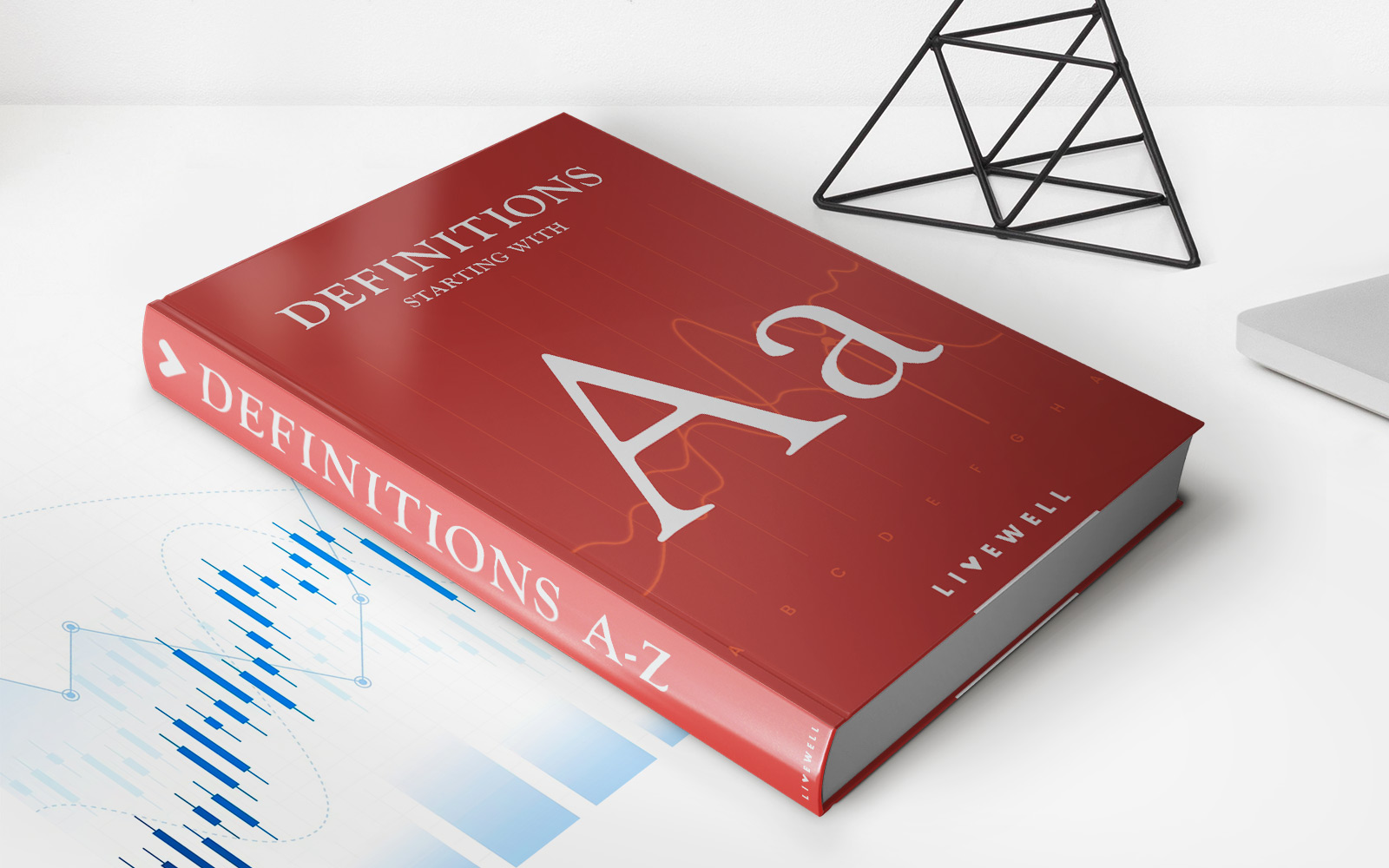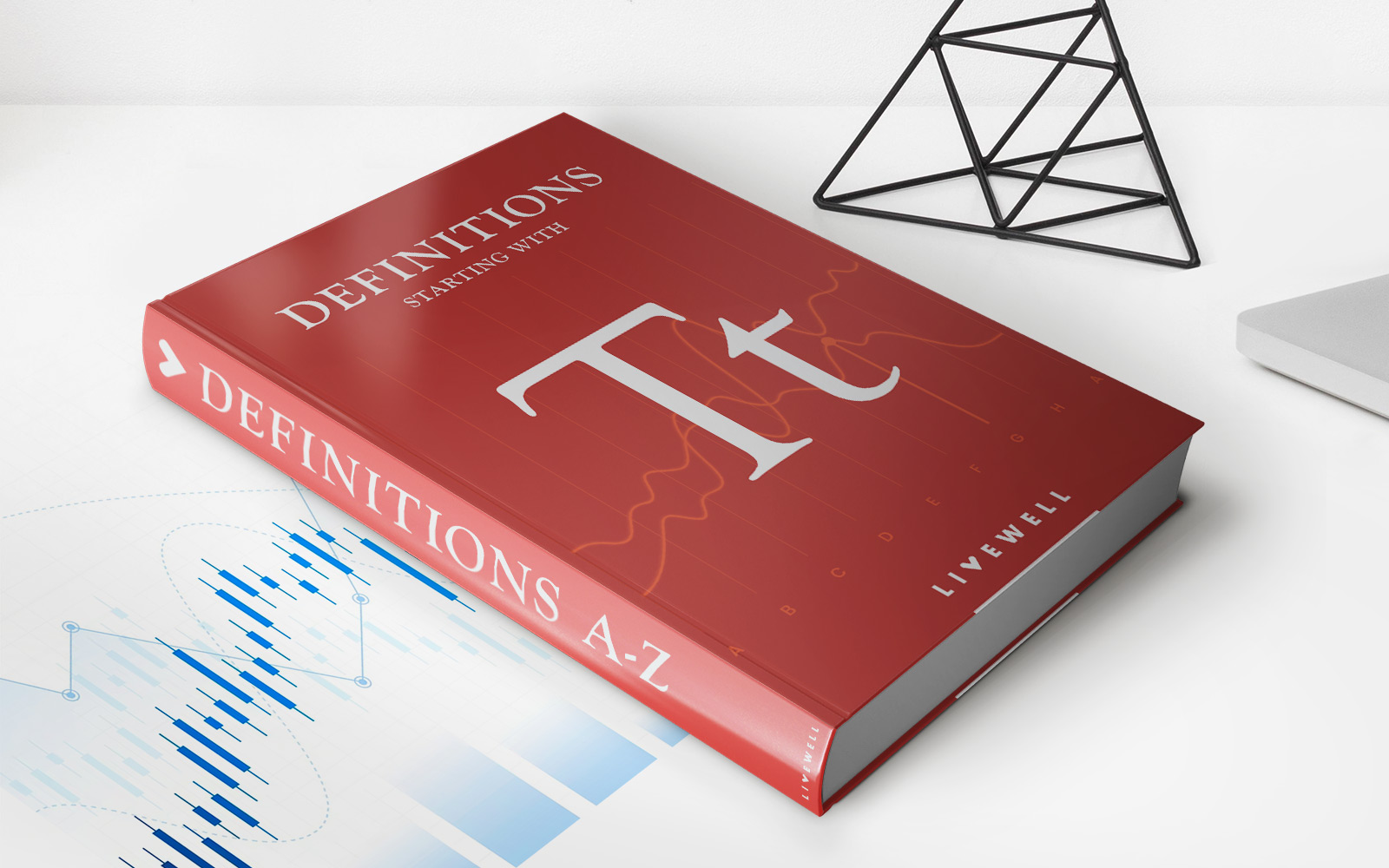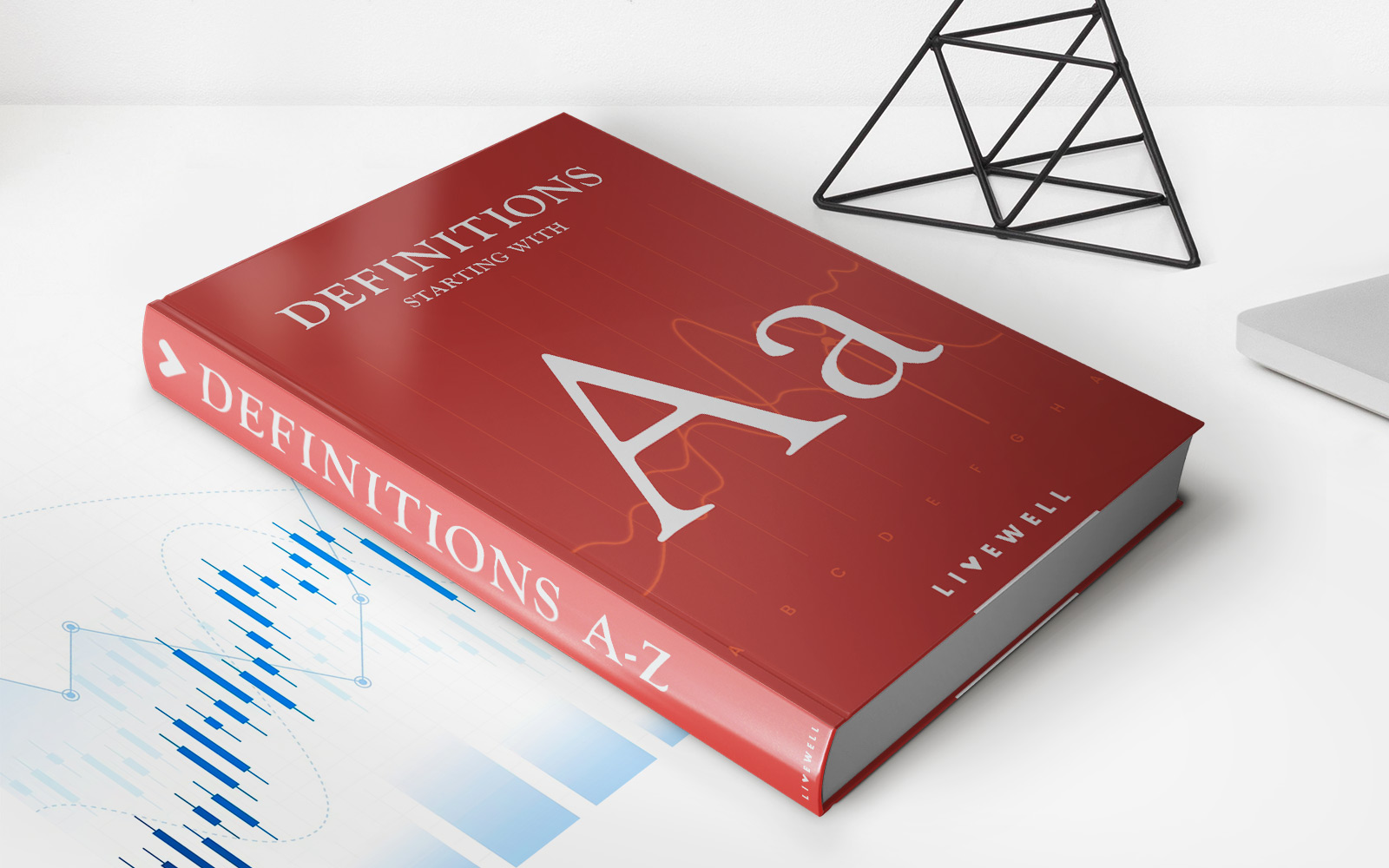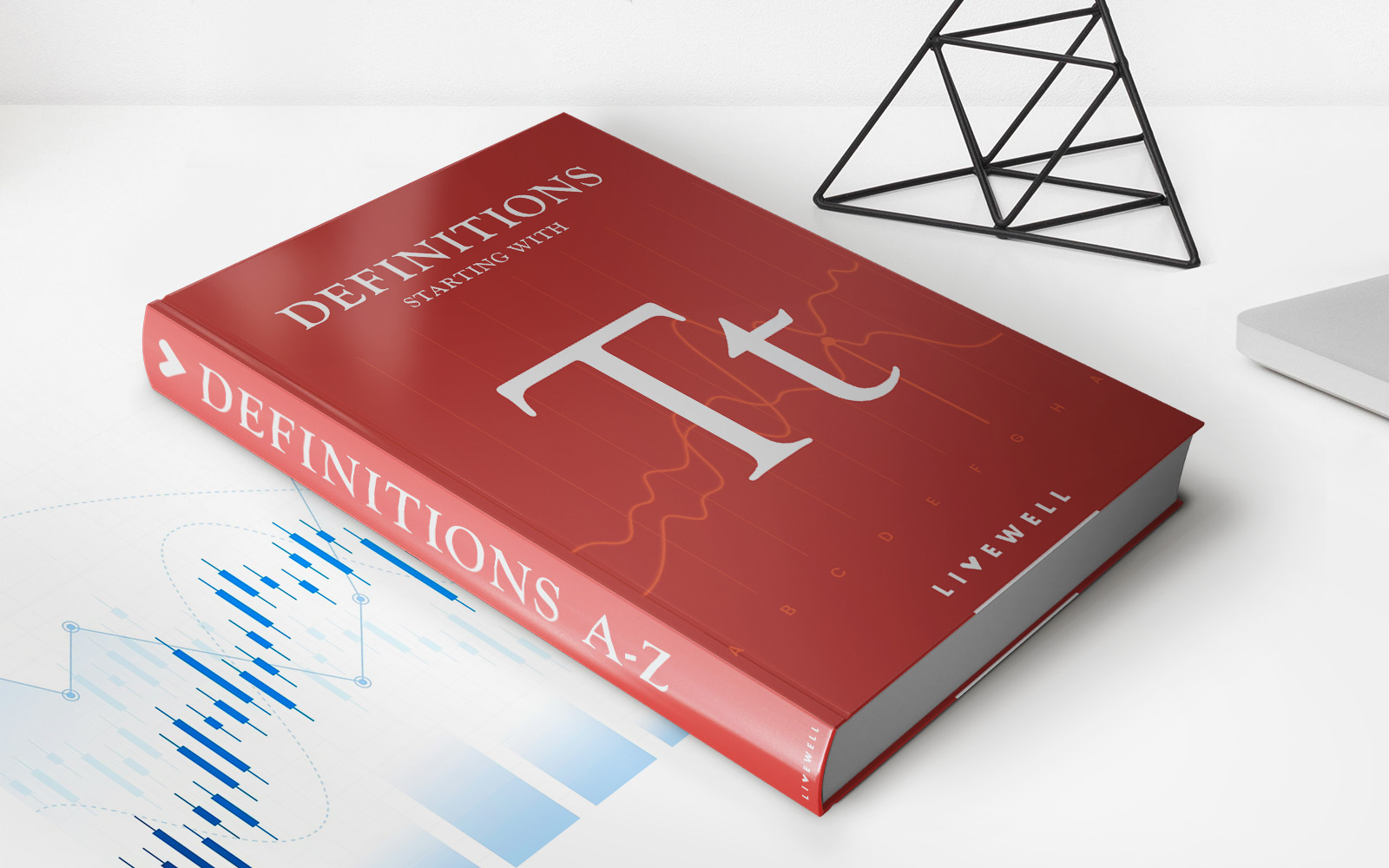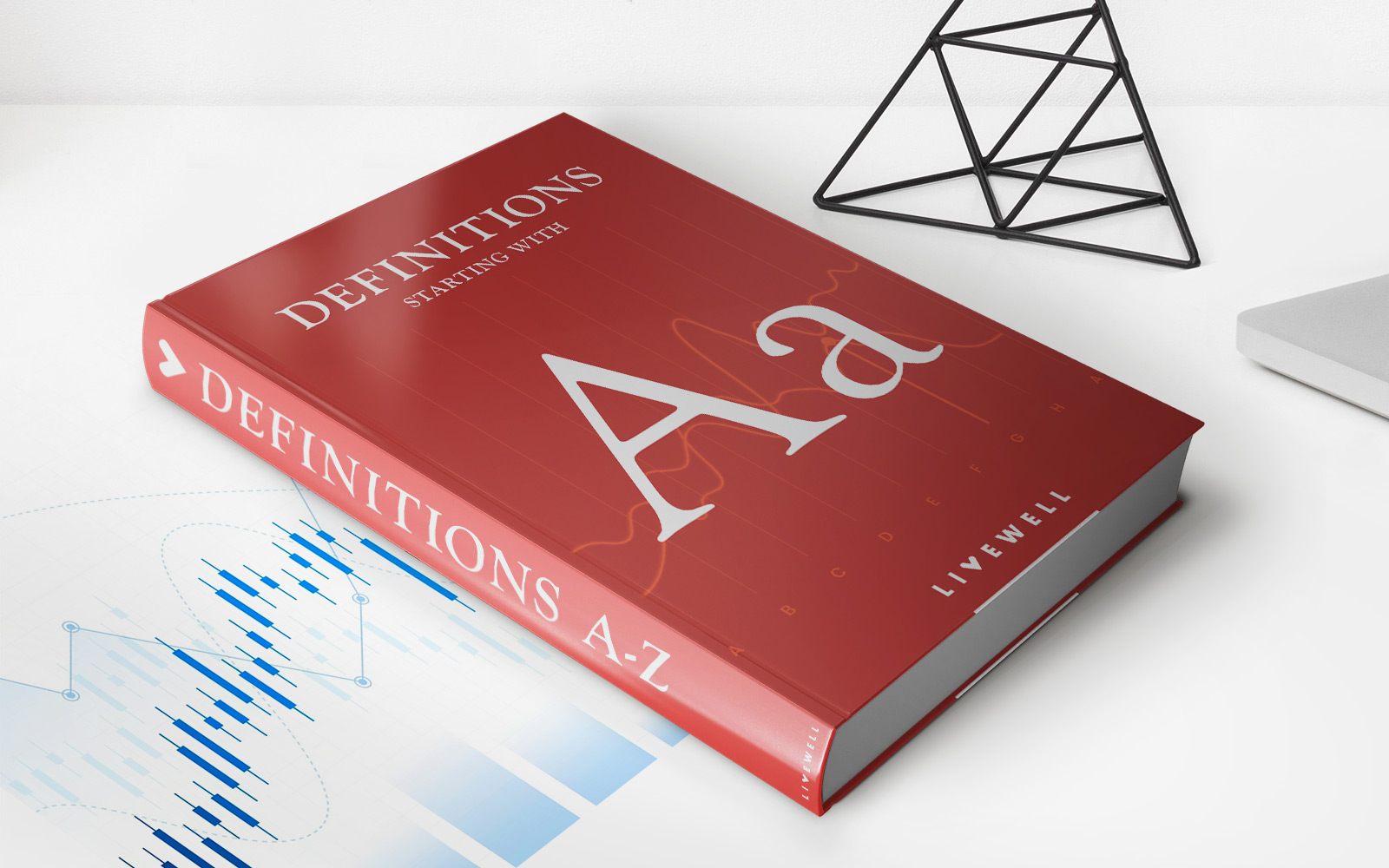

Finance
Buffett Rule Definition
Published: October 19, 2023
Discover the meaning of the Buffett Rule in the world of finance. Explore its impact on taxes, wealth inequality, and economic policy.
(Many of the links in this article redirect to a specific reviewed product. Your purchase of these products through affiliate links helps to generate commission for LiveWell, at no extra cost. Learn more)
Understanding the Buffett Rule: Promoting Fairness in Finance
Welcome to the finance category of our blog! Today, we are diving into an important topic that has been widely debated in recent years – the Buffett Rule. In this article, we will explore the definition of the Buffett Rule, its origins, and its implications on the financial landscape. So, let’s get started!
Key Takeaways:
- The Buffett Rule aims to address income inequality by ensuring that the wealthiest individuals pay their fair share in taxes.
- It proposes a minimum tax rate for individuals earning above a certain income threshold, typically set at $1 million.
The Buffett Rule, named after renowned investor Warren Buffett, is a proposed tax reform concept that advocates for a fairer tax system by ensuring that the wealthiest individuals contribute to the nation’s finances proportionately. The concept gained prominence when Buffett himself voiced his concern about the tax rates paid by the super-rich compared to those paid by the middle class.
At its core, the principle behind the Buffett Rule is to establish a minimum tax rate for individuals with high incomes. The objective is to prevent the ultra-wealthy from using loopholes and deductions to significantly reduce their tax obligations, while the average American pays a higher percentage of their income in taxes.
The Buffett Rule’s proposed income threshold is typically set at $1 million. Individuals earning above this threshold would be subject to a minimum tax rate, often suggested to be around 30%. Advocates argue that this would ensure that the top earners contribute a fair share of their income to supporting public services and infrastructure.
Opponents of the Buffett Rule argue that it could have detrimental effects on entrepreneurial initiatives, job creation, and economic growth. They contend that higher tax rates on the wealthy may discourage investment and innovation, impeding economic progress.
However, proponents of the rule believe that it promotes income equality and provides the foundation for a more equitable society. They argue that the wealthiest citizens, who often benefit from various tax breaks and advantages, should shoulder a greater responsibility in funding public expenditures.
Implications of the Buffett Rule
If the Buffett Rule were to be implemented, it could have several notable implications:
- Increased tax revenue: The rule could potentially generate additional tax revenue, which could be used to fund social programs, reduce the national debt, or invest in infrastructure projects.
- Reduced income inequality: By ensuring that the wealthiest individuals pay their fair share, the rule aims to narrow the gap between the rich and the poor, creating a more equitable society.
While the Buffett Rule has sparked intense debates among economists, policymakers, and the public, it is essential to recognize that its implementation would require careful consideration and examination of its potential ramifications.
In conclusion, the Buffett Rule is a concept aiming to address income inequality by establishing a minimum tax rate for individuals earning above a certain income threshold, typically set at $1 million. Despite its potential benefits in promoting fairness and reducing income inequality, it continues to generate diverse opinions regarding its impact on economic growth. As discussions on tax reform continue, understanding the Buffett Rule and its implications is crucial in shaping the future of finance.
